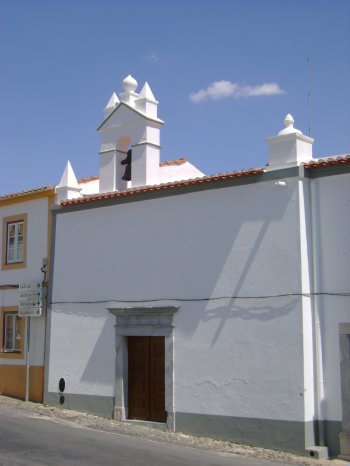Explore the best places
Heritage in Portugal
Moinhos do Freixieiro
- heritage
Largo Doutor António Marinho Dias
4890-210, Celorico de Basto
Hydraulic mills consisting of a wheel mill for flour, a water mill for flax, and a miller's house are located along the river, nestled into the banks.
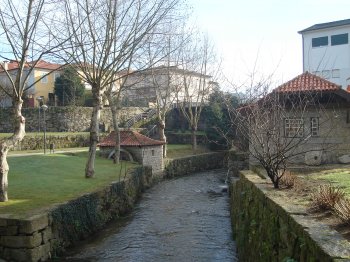
Biblioteca Municipal Professor Doutor Marcelo Rebelo de Sousa
- heritage
Quinta de São Silvestre
4890-377, Celorico de Basto
A very pleasant space, not only for reading and requesting books and documentation, but also with museum sections and temporary exhibitions. For little ones, it regularly organizes "Story Hour."
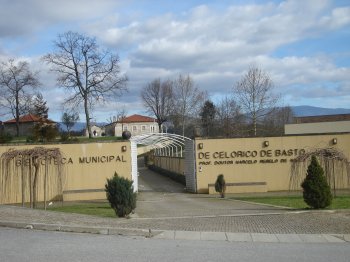
Circuito Turístico dos Moinhos de Argontim
- heritage
Argontim
4820, Rego
A circuit surrounded by nature, full of greenery and unforgettable landscapes. Also, noteworthy are the many windmills of Moinhos de Argontim along the route.
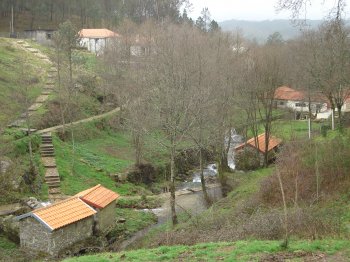
Núcleo Museológico da Quinta do Prado
- heritage
Argontim
4820, Rego
Located in an area of extreme natural beauty, it displays a permanent collection of important archaeological artifacts.
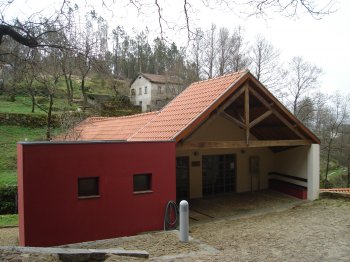
Pelourinho de Castelo
- heritage
Castelo
4890-020, Arnóia
Located in a small square, this pine cone pillory, of which only the base and column remain, has a circular base and a column with a smooth shaft. It dates back to the 16th century.
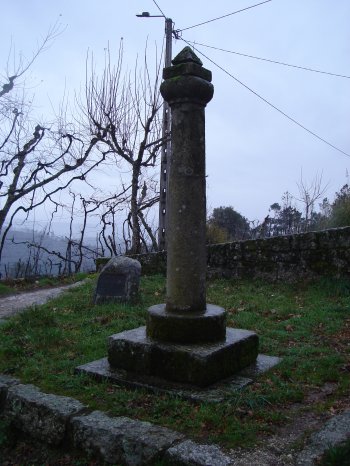
Quinta e Casa do Prado
- heritage
Avenida da República
4890-220, Celorico de Basto
A noble house with multiple facades and beautiful gardens, one of the most beautiful in this town. Built to take advantage of the steep slope of the land, it features several facades of very different configurations, all painted yellow. Its style is very similar to that developed by architect Raul Lino in the 1900s, with the "old Portuguese house."
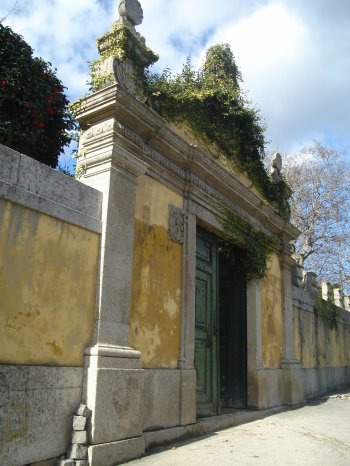
Mosteiro de São Bento de Arnóia / Mosteiro de São João de Arnóia
- heritage
Lugar do Mosteiro, 6
4890-036, Arnóia
Benedictine monastery consisting of a longitudinal church, a single nave, and a quadrangular chancel. Among the church's decorative elements, highlights include a sculpted tympanum depicting Agnus Dei and a figure of Saint Michael attacking a serpent. The monastery still preserves the cell where the Bishop of Grão-Pará lived following his exile by the Marquis of Pombal.
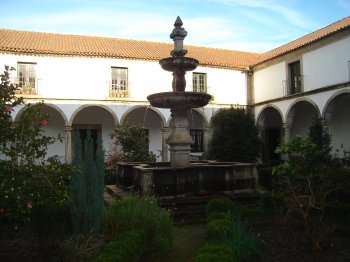
Castelo de Arnóia
- heritage
Castelo
4890-020, Arnóia
A castle built during the Romanesque period, it features elements characteristic of the period's military architecture, such as the keep crowned by battlements and a patrol path. Both its location within the territory and various documentary sources attest to its existence during this period. It is closely linked to the nearby Monastery of São Bento de Arnoia, where some Romanesque remains can be found.
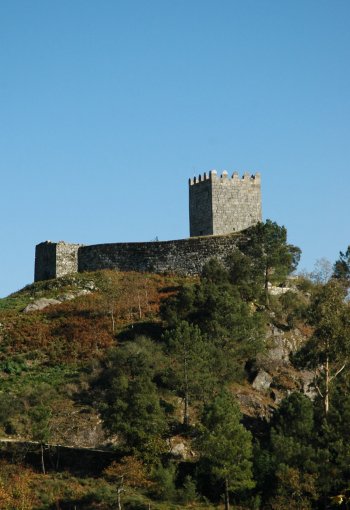
Ermida de São Pedro das Cabeças
- heritage
São Pedro das Cabeças
7780-251, Castro Verde
A Mannerist monument marking the site of the Battle of Ourique, believed to have taken place on July 25, 1139. It is a pilgrimage sanctuary, predominantly of 16th-century style, reflected in the construction of small, single-nave churches. It features a rounded triumphal arch supported by pilasters, and the main altar is made of wood with a masonry niche. According to legend, this chapel belongs to a group of seven sister chapels, all within view of each other: Our Lady of Amparo, in Mértola; Our Lady of Guadalupe, in Serpa; Our Lady of Cola, in Ourique; Our Lady of the Castle, …
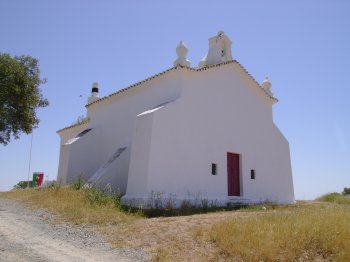
Igreja da Misericórdia de Castro Verde
- heritage
Largo Victor Guerreiro Prazeres
7780-218, Castro Verde
The church, built in the first half of the 16th century, features Manueline and Mannerist architecture. In the second half of the 18th century, it underwent extensive renovations, including the altarpiece, decoration of the chancel, arch, and vault. In the late 19th century, the choir was built, and the nave vaults were decorated. It now houses a nursing home.
